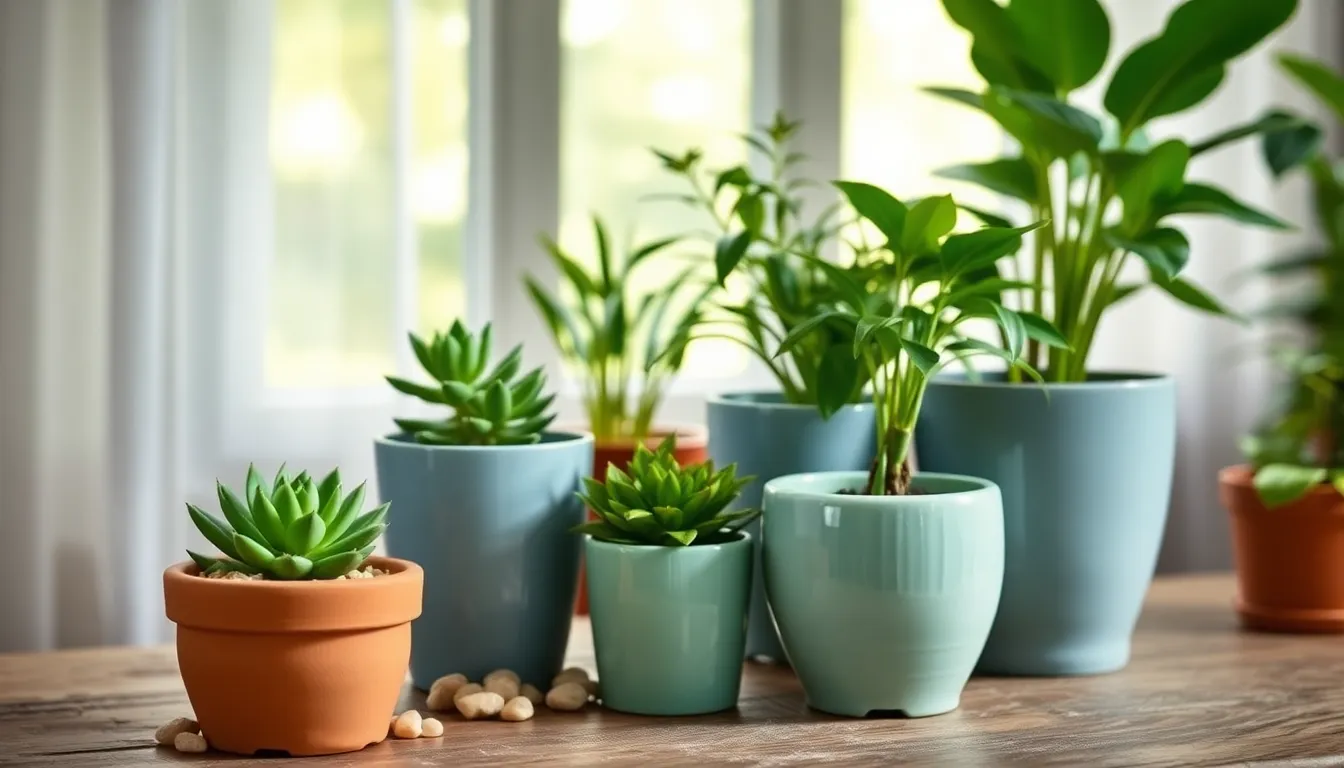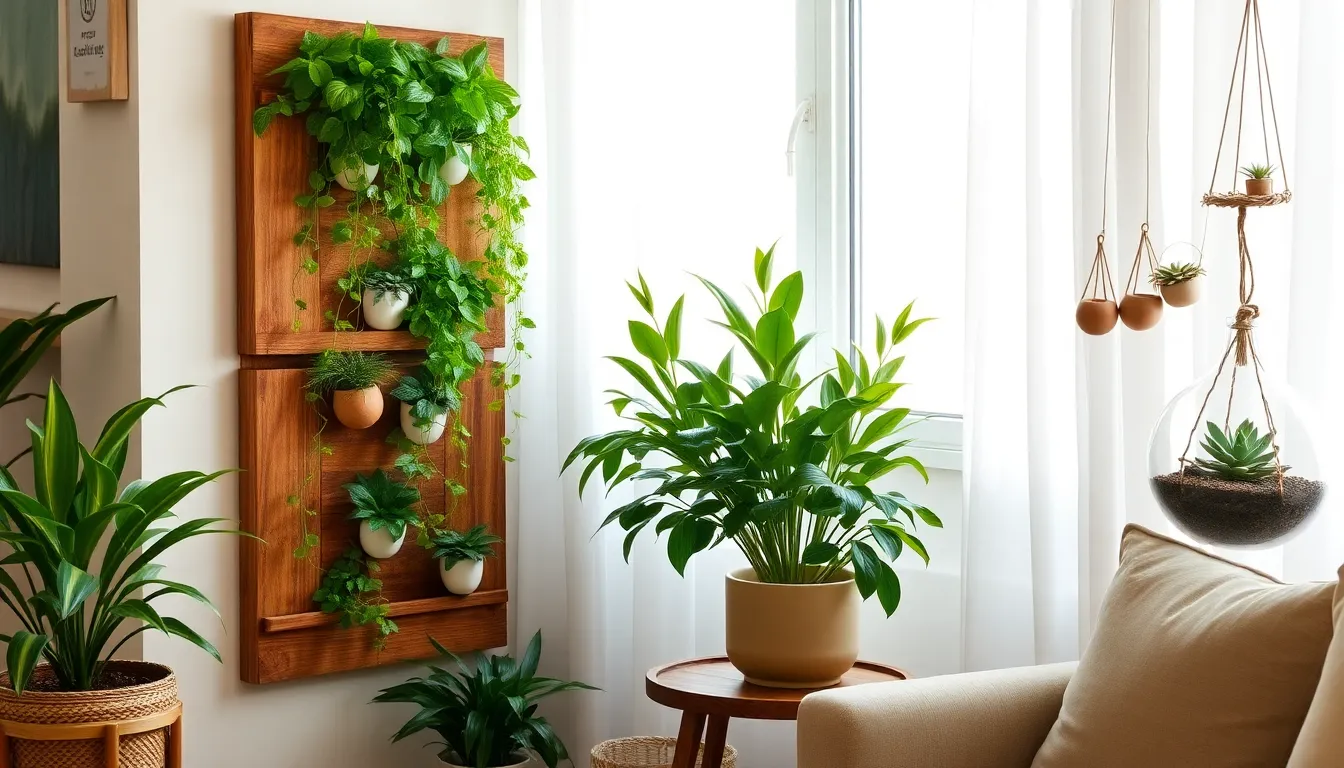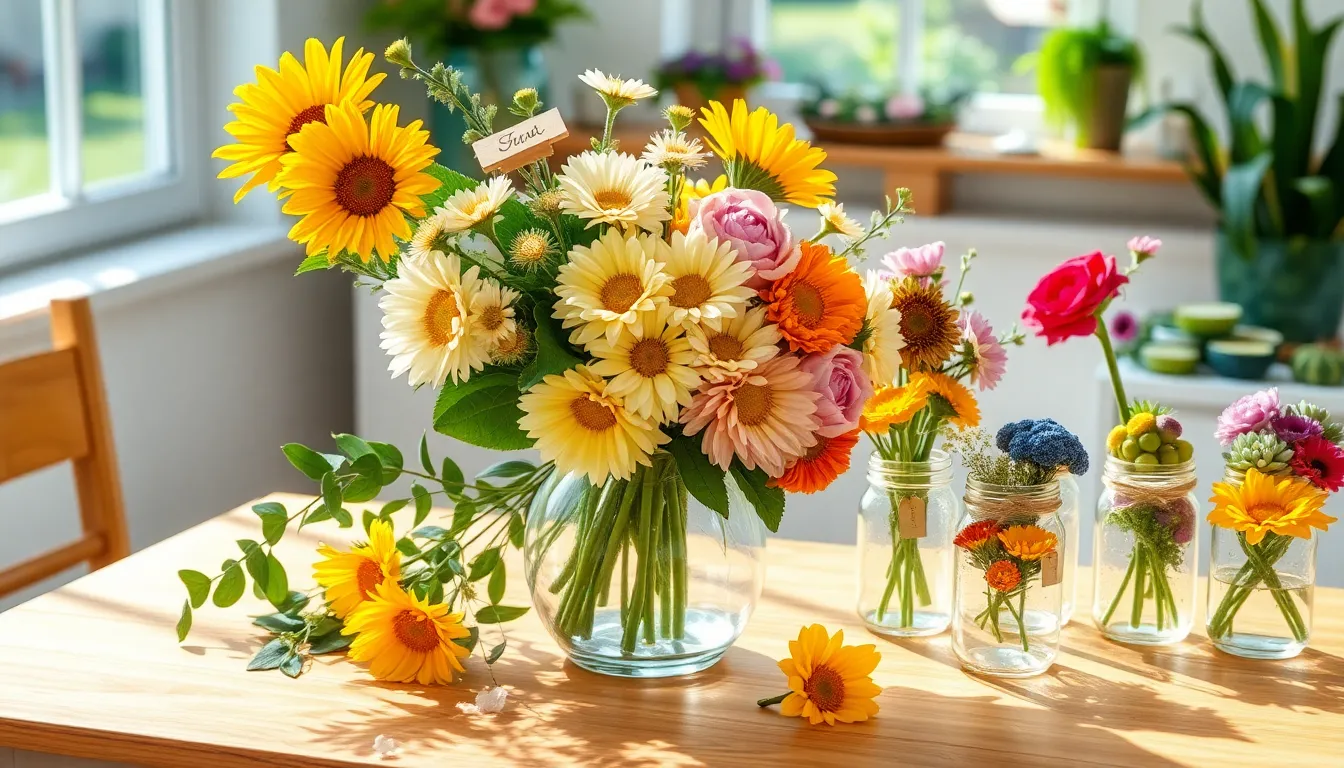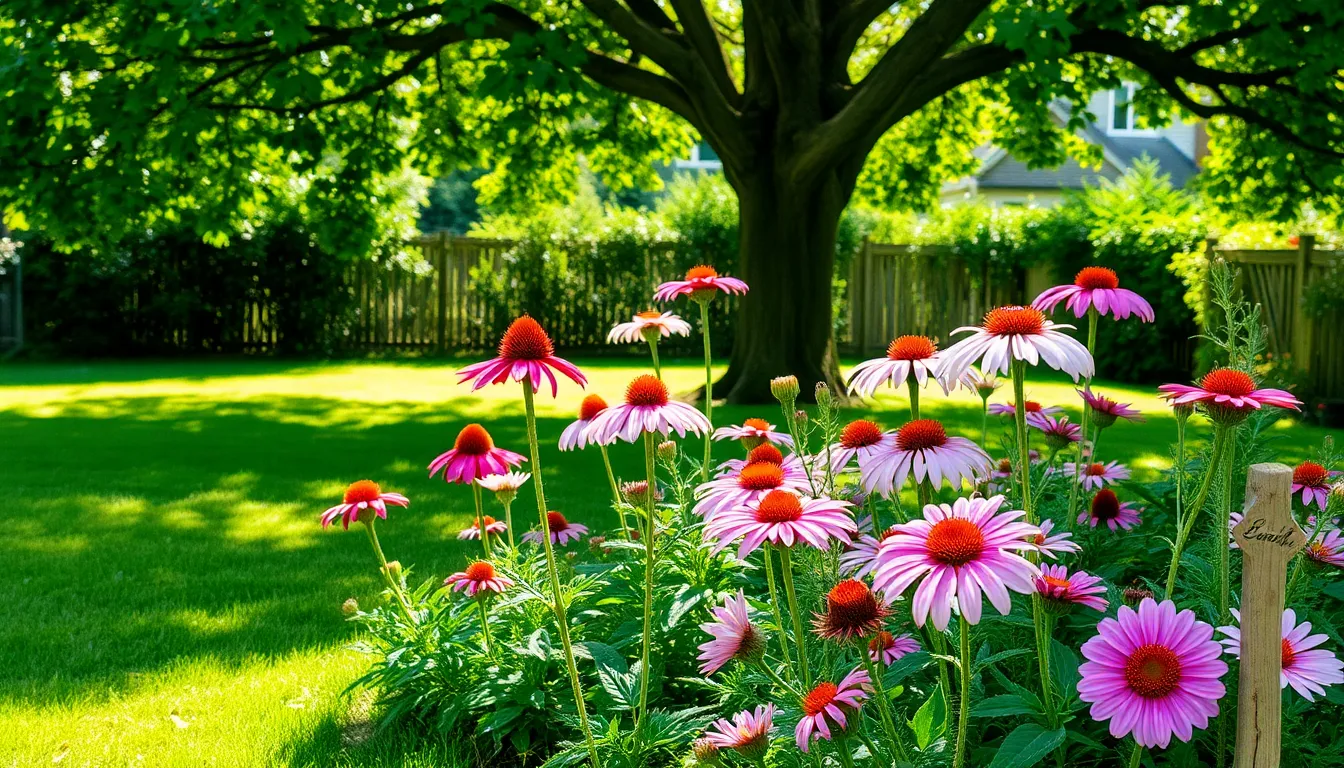When it comes to nurturing a thriving indoor garden, choosing the right pots is as crucial as selecting the plants themselves. Whether you’re a novice gardener just discovering the joys of houseplants or an experienced green thumb looking to refine your indoor jungle, understanding the nuances of pot selection can significantly impact your plants’ health and growth.
The right pot does more than just hold soil; it supports your plant’s root system, manages moisture, and complements your interior décor. In this article, we’ll explore the essential factors to consider when selecting pots, from material and size to drainage and aesthetics, ensuring your indoor garden not only survives but truly thrives.
You’ll also discover practical tips on balancing functionality with style, enabling you to create an inviting, verdant space that reflects your personal taste. Join us as we delve into the art and science of pot selection, empowering you to make informed decisions that will enhance your indoor gardening experience.
Assess Your Plant’s Needs
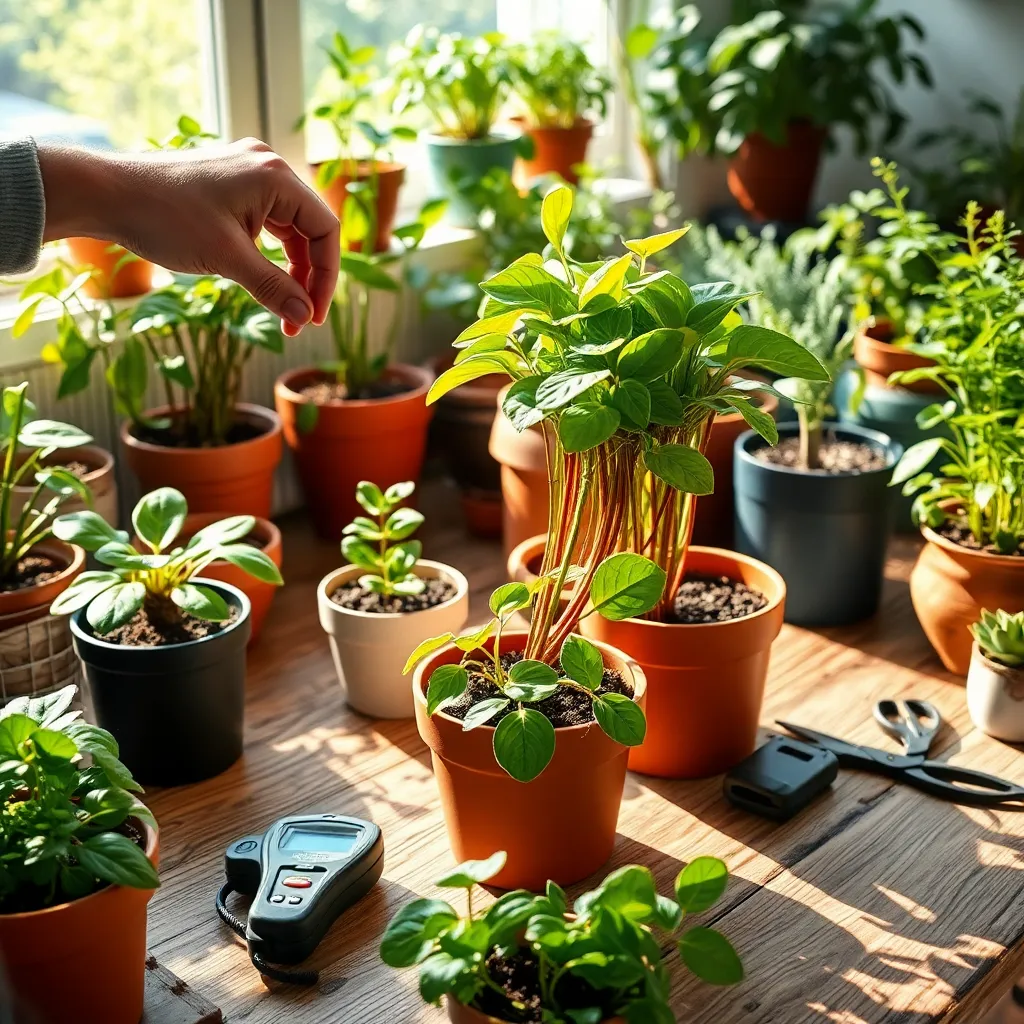
Understanding your plant’s specific requirements is crucial for choosing the right pot. Start by considering the plant’s mature size, as this will dictate the pot’s dimensions to ensure healthy root development.
Observe the plant’s natural habitat to determine the best potting material. For example, plants that thrive in dry conditions, like succulents, benefit from terracotta pots that allow for better moisture evaporation.
Keep in mind that different plants have varying watering needs, which can influence pot selection. Choose pots with adequate drainage holes to prevent waterlogged soil, especially for those species that prefer drier soil conditions.
For advanced gardeners, consider the plant’s root system type. Plants with extensive root systems may require deeper pots to prevent them from becoming root-bound, which can stunt growth.
Select Appropriate Pot Material
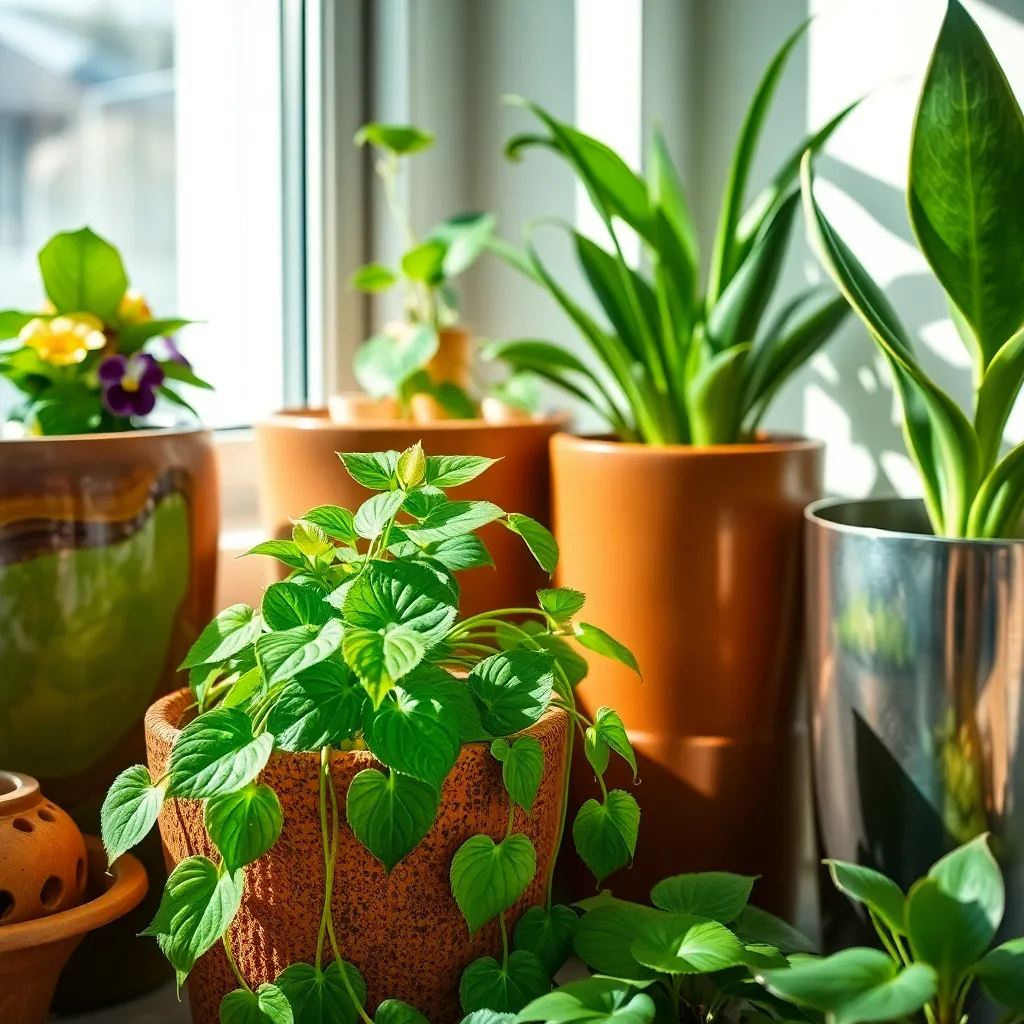
Choosing the right pot material is essential for optimizing plant health and growth. Different materials offer various benefits and considerations, so it’s important to understand what works best for your specific plant.
Ceramic pots are popular for their aesthetic appeal and ability to retain moisture, making them ideal for plants that prefer consistent moisture levels. However, they can be heavy and lack drainage, so adding a layer of gravel at the bottom can improve drainage and prevent waterlogging.
If you opt for terracotta pots, remember that they are porous and allow air and moisture to move through the walls. This makes them perfect for plants that prefer dry conditions, like succulents and cacti, but be prepared to water more frequently as they can dry out faster.
For those looking for lightweight options, plastic pots are a practical choice. They are easy to move and retain moisture, which can be beneficial for plants needing more consistent hydration. Ensure they have adequate drainage holes to prevent root rot, and consider using a well-draining potting mix to enhance their performance.
Determine Correct Pot Size
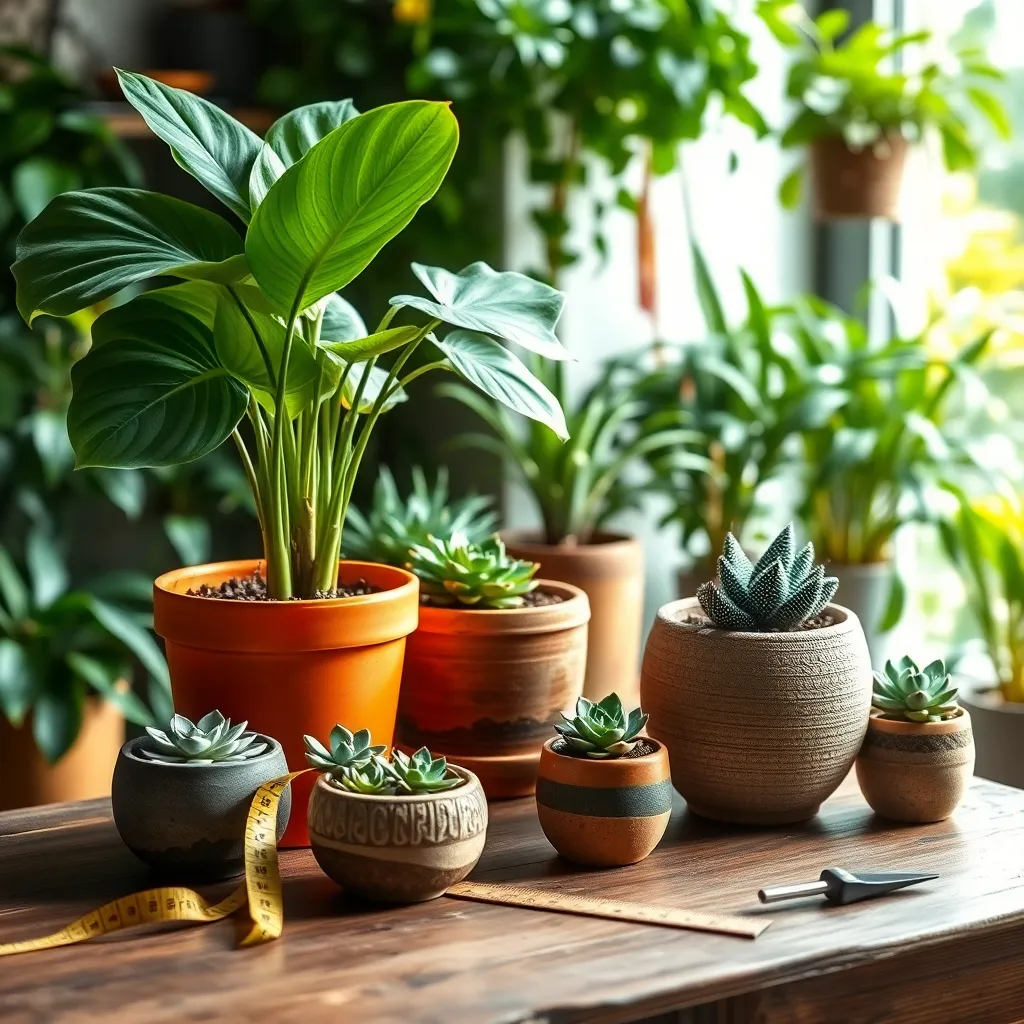
Choosing the right pot size is crucial for the health and growth of your indoor plants. A pot that’s too small can restrict root growth, while one that’s too large can lead to overwatering issues.
Begin by understanding the current size of your plant and its growth potential. For most indoor plants, it’s advisable to select a pot that is about 2 inches larger in diameter than the current root ball to allow room for growth.
For smaller plants like herbs or succulents, consider starting with a pot that has a diameter of 4 to 6 inches. This size provides enough space for root expansion while ensuring the soil doesn’t retain excess moisture, which can lead to root rot.
Advanced gardeners should consider the specific needs of each plant species. For instance, plants with deeper root systems, such as rubber trees, benefit from deeper pots that support their vertical growth.
When repotting, ensure that the new pot has adequate drainage holes. This is essential for preventing water from pooling at the bottom, which can suffocate roots and lead to fungal problems.
Remember to use a high-quality potting mix appropriate for your plant type, as this can greatly affect water retention and root health. Regularly checking the plant’s root system will help you determine when it’s time to upgrade to a larger pot, ensuring continuous growth and vitality.
Consider Drainage Options Carefully
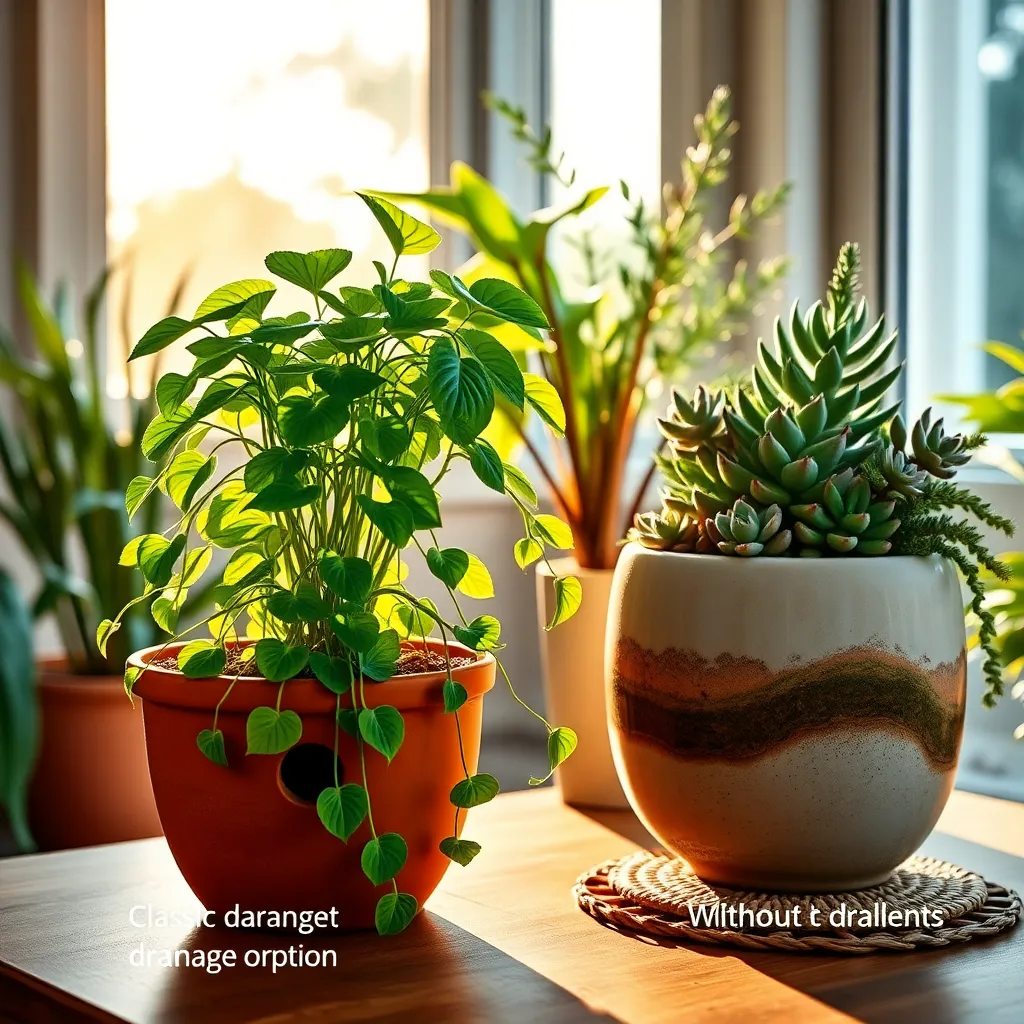
Proper drainage is crucial for the health of your indoor plants, preventing root rot and other moisture-related issues. Before planting, ensure your pots have drainage holes at the bottom to allow excess water to escape.
For pots without built-in drainage, you can create a drainage layer using materials like gravel, pebbles, or broken pottery pieces. This layer helps prevent water from saturating the soil and drowning your plant roots.
Consider using a well-draining potting mix, such as one with added perlite or sand, to enhance soil aeration and water flow. Customizing your soil mix is an advanced technique that can significantly benefit plants prone to overwatering.
To manage water drainage effectively, place a saucer beneath each pot to catch any excess water that exits through the holes. This not only protects your furniture and floors but also allows you to monitor how much your plant is draining after each watering session.
Match Pot Style to Décor
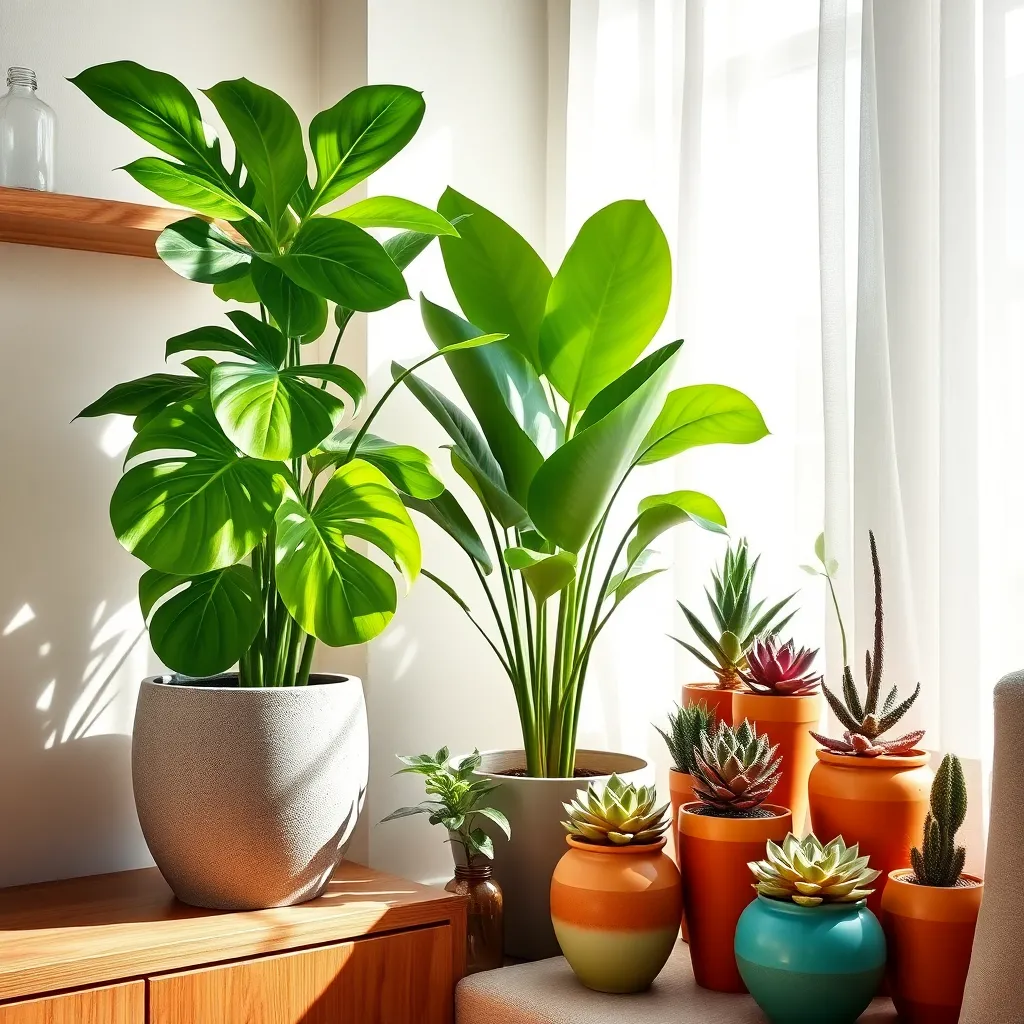
Choosing the right pot style for your indoor plants is an opportunity to enhance your home’s décor while ensuring your plants thrive. Consider the overall aesthetic of your space—whether it’s modern, rustic, or eclectic—and select pots that complement this style.
For a modern look, opt for sleek, minimalist pots in neutral colors like white, black, or grey. These can accentuate the vibrant green of your plants, creating a striking contrast that adds to your room’s visual appeal.
If your décor leans towards rustic or bohemian, consider using pots made from natural materials such as terracotta or woven baskets. These materials not only provide a warm, earthy feel but also allow for better air circulation, which can be beneficial for certain plant types like succulents and cacti.
Experiment with different pot textures and finishes to add depth and interest to your plant displays. Glazed ceramic pots can add a pop of color and shine, while matte finishes offer a more subdued look that can blend seamlessly into any room.
For those looking to make a bold statement, consider using pots with intricate patterns or vibrant colors. These can serve as focal points in a room, drawing attention to the beauty of the plants they hold.
Remember, while aesthetics are important, never compromise on the practical needs of your plants. Ensure pots have adequate drainage and are made from materials that suit your plant’s specific growing conditions.
Conclusion: Growing Success with These Plants
In nurturing both our relationships and indoor plants, choosing the right pots is key. We’ve explored five essential concepts: understanding your plant’s unique needs, ensuring proper drainage to avoid overwatering, selecting the right size for growth, considering materials that match your lifestyle, and harmonizing aesthetics with functionality. Just as in relationships, the foundation you choose matters greatly.
Now, take a moment to assess your current plant pots and identify any mismatches. Consider switching out one pot today, focusing on drainage and size, to kickstart a flourishing indoor garden. As you transform your plant care, remember that the same principles apply to nurturing your relationships—understanding, support, growth, compatibility, and beauty all play their parts.
Bookmark this article as your go-to guide for both plant care and relationship insights. It will serve as a reminder that with the right foundations, both your plants and relationships can thrive. Embrace this journey with confidence, knowing that successful relationships, like well-cared-for plants, require ongoing attention and thoughtful adjustments. Your commitment today paves the way for flourishing connections tomorrow.

